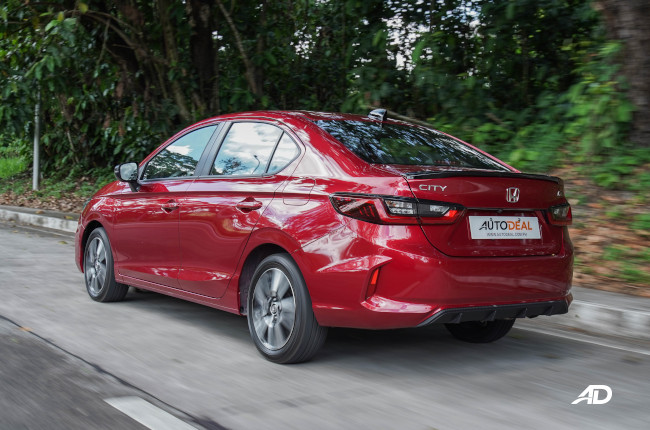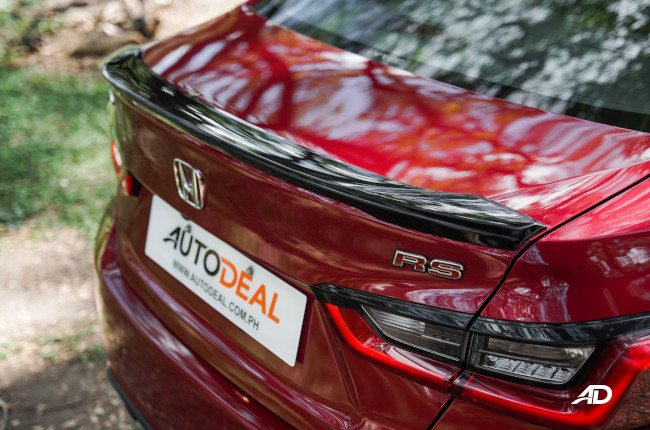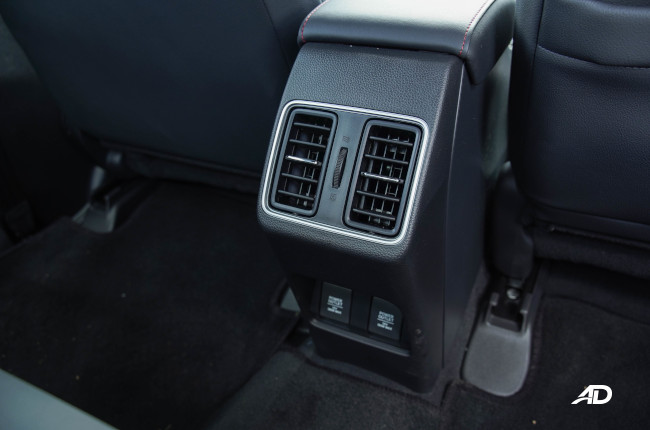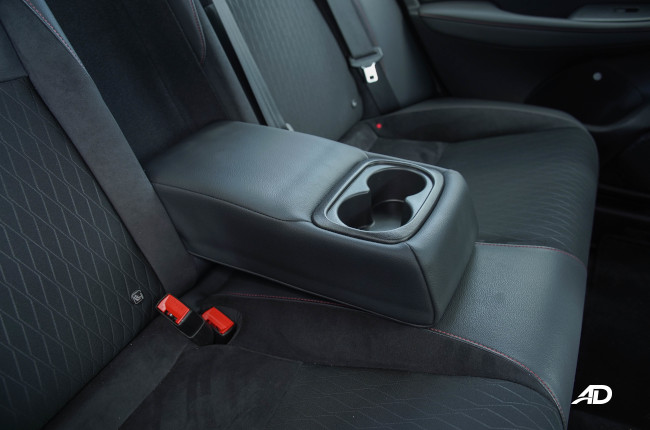
There are plenty of subcompact cars on the road, however, there is a handful that really captures your attention both while driving and sitting still. One of the most popular nameplates in the Philippines, the Honda City has evolved into something quite amazing. From its roots back in the early 2000s to the present day, the sedan has come a long way. Once an ugly duckling, the City has since grown into an attractive package. So here are 5 things that make the City a worthy successor over the previous generation.
A more attractive design
Honda has had a pretty good run with its designs, and the City certainly is no exception. The clean lines give the City such a mature look in its lower trims, but the variant that is arguably the best looking of the bunch is the RS model. While the V trims and lower have very classy exteriors thanks to the Accord-like exterior design, the RS variant has a very attractive sportiness to it that exudes a confident face peppered with bits of gloss black and red accents and RS badging.
The stellar design extends to the interior, where Honda has gone to work and reshaped every surface of the interior. The City feels more grown-up now than ever before. From its early days, it looked the part of an affordable commuter car. The old models had a lot of black plastic panels in the interior and had a lot of surfaces that were hard to the touch and a bit scratchy. Now, however, that’s changed as the interior is more upscale and the atmosphere is very welcoming.
Enhanced performance

While it may not look like it on paper, the Honda City feels livelier and noticeably peppier while driving even with the CVT automatic that it comes with. On paper, we see that the new City has up to 1 horsepower more. While that not be a lot, peak torque is made slightly earlier and the torque band is beefier than what was on the prior generation with the same displacement.
The primary component that was changed in the engine was the head of the engine. From a single overhead cam (SOHC) head, honda has upgraded this new generation with a dual-overhead-cam (DOHC) head. The result is slightly better performance and better fuel economy in the city. The old model got 6.1 km/L, while the new model gets up to 8.5 km/L in the traffic of Metro Manila.
Android Auto and Apple CarPlay

The prior generation of the Honda City only had Bluetooth and AUX connectivity options, but the new generation has a bespoke infotainment system that comes in at 8-inches in size and is much more refined than the old model’s. You pretty much get the same suite of features as the Honda Accord, and you can make the connection that they’re similar systems, possibly a signal to the future of Honda’s infotainment systems.
Because of this infotainment system, you get Android and Apple CarPlay, which means that you can connect your phone to the car and see all your maps and music, and other apps on the screen without having to fiddle around with your phone. Honda may not say it, but this is a safety feature that should be standard on all modern cars moving forward.
Rear seat toys
In the subcompact sedan segment, you don’t normally find a lot of toys for the rear passengers. Usually, the manufacturers are so focused on providing power outlets and aircon vents for the front. In the City, however, Honda has equipped the Honda City with rear vents and not one but two 12-V sockets. Clearly, it is the most equipped rear seat in the market currently, and on top of that, you even get a center armrest. You don't even get rear vents in the 2020 year model of the Honda Civic. In a way, you can even use the Honda City like a compact or midsize sedan, which brings us to our last point.
Stellar space

There was a reason why Honda decked out the City with a lot of adornments. The rear is quite spacious. Slightly bigger than the prior generation, the toys for the rear passengers are going to make a lot of sense. You can pretty much sit back and relax at the back of a City, however, a taller or bigger individual might be better off with a Civic or Accord, after all, it is still a subcompact sedan.
On top of that, you get a trunk that is sizeable for the class. Coming in at 519 liters, the cargo area even rivals some crossovers of a similar size.
Latest Features
-
Which Chery should I buy? / Featured Article
Chery’s revamped lineup features six vehicles, each with its unique strengths. Not sure which one’s right for you? We’re here to help you decide.
-
The difference between wax and polish / Tips & Advice
Confused about whether your car needs a wax or polish? This article will guide you on what they are and what to choose for your car.
-
The 6 things every Ford Ranger must pass before it leaves the factory / Featured Article
Every Ford Ranger, from the base model to the Ranger Raptor, goes through a full inspection process before it leaves the factory. This includes six steps that make sure it’s ready to drive a...
Popular Articles
-
Cheapest cars under P700,000 in the Philippines
Jerome Tresvalles · Sep 02, 2024
-
First car or next car, the Ford EcoSport is a tough package to beat
Jun 18, 2021
-
Car Maintenance checklist and guide – here’s everything you need to know
Earl Lee · Jan 12, 2021
-
Most fuel efficient family cars in the Philippines
Bryan Aaron Rivera · Nov 27, 2020
-
2021 Geely Okavango — Everything you need to know
Joey Deriquito · Nov 19, 2020
-
Family cars in the Philippines with the biggest trunks
Sep 20, 2023
-
Head to head: Toyota Rush vs. Suzuki XL7
Joey Deriquito · Oct 28, 2020
-
Why oil changes are important for your car
Earl Lee · Nov 10, 2020
-
2021 Kia Stonic — What you need to know about it
Joey Deriquito · Oct 16, 2020
-
Top 7 tips for buying a used car in the Philippines
Joey Deriquito · Nov 26, 2020










